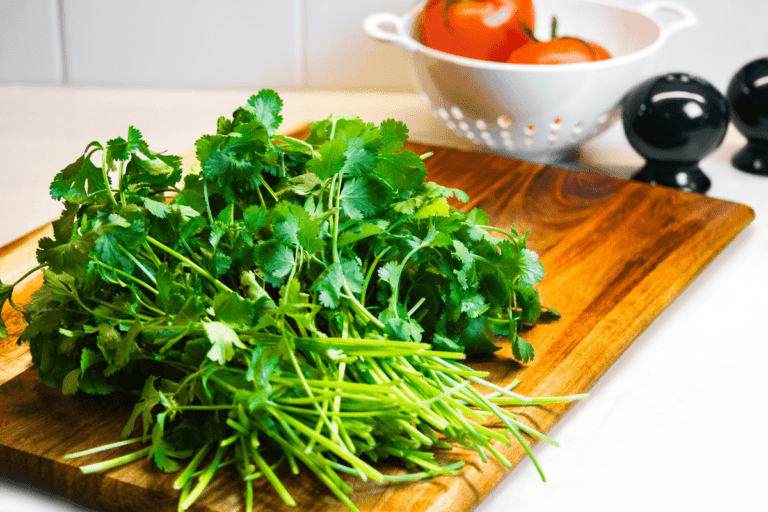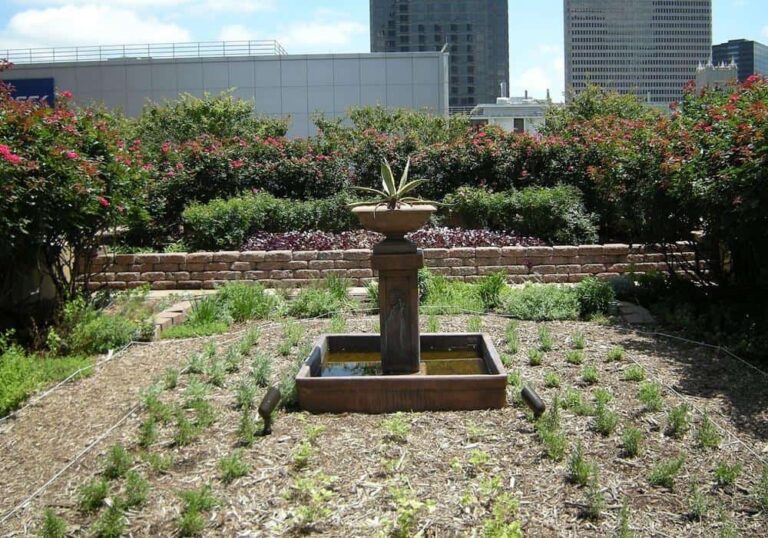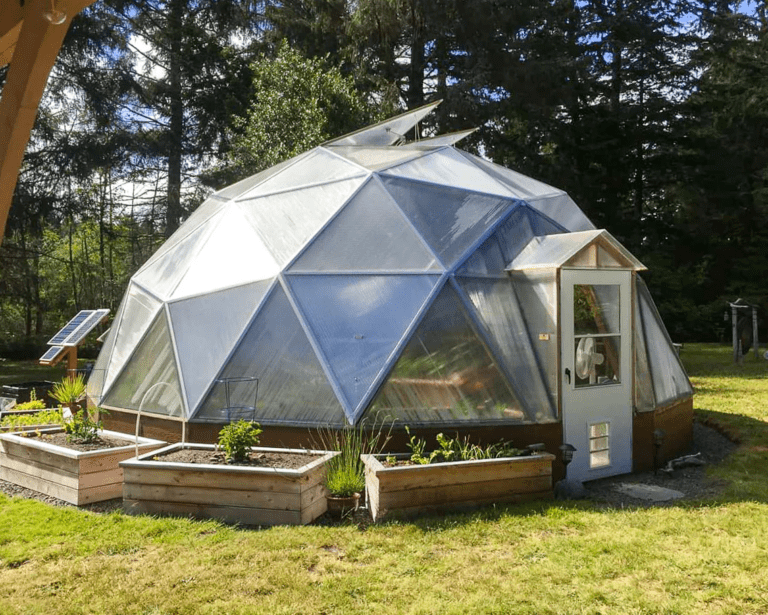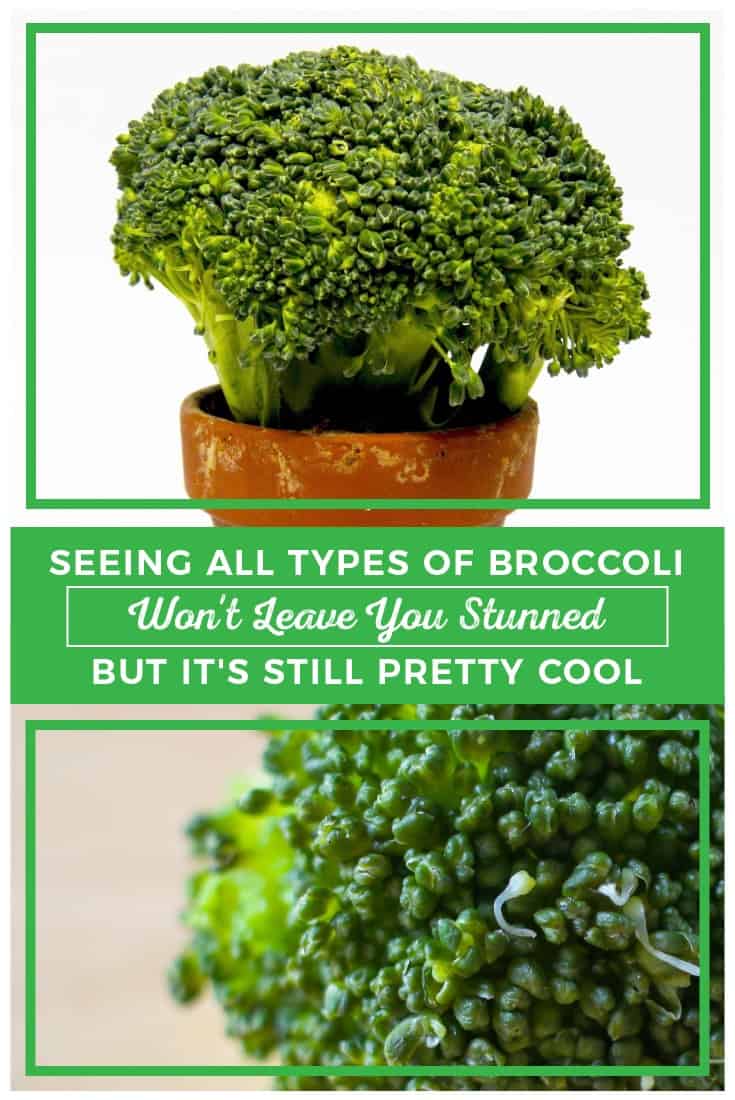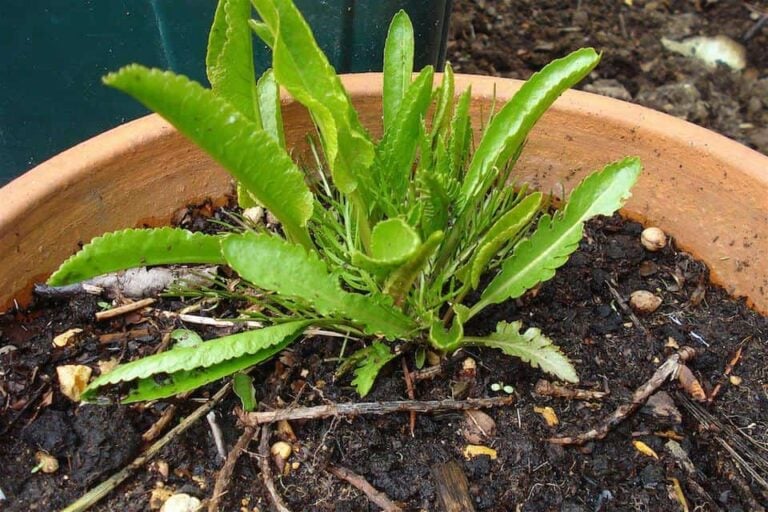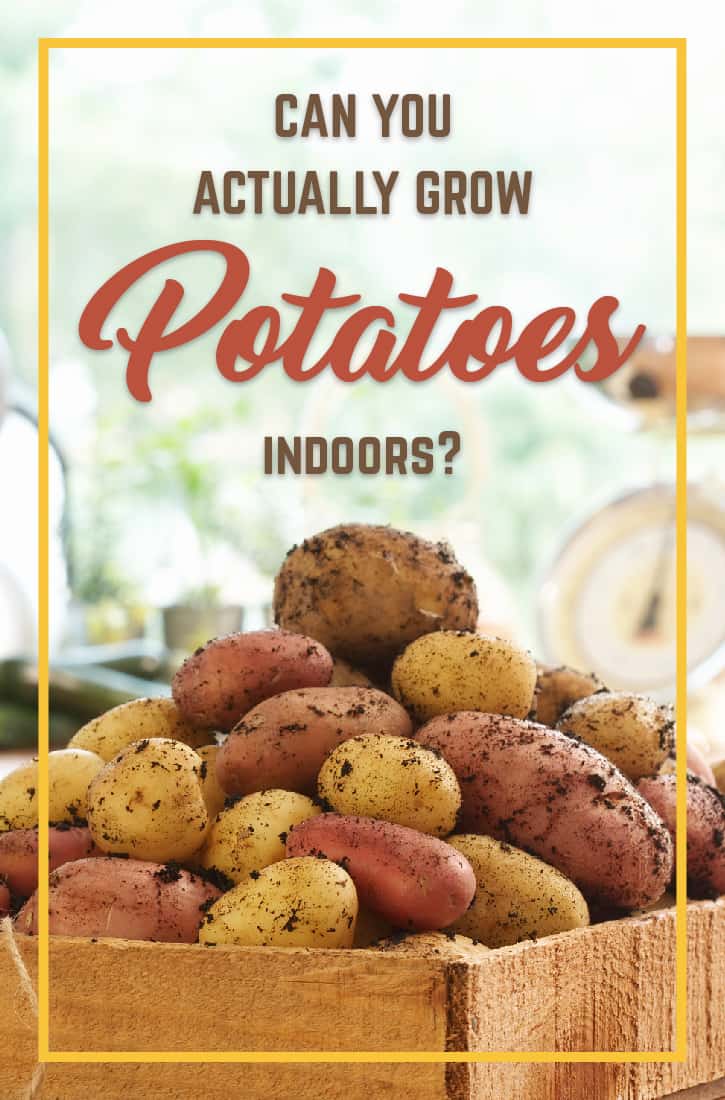Effective Ways of Growing Kale in Containers
Kale can thrive in a container, as long as the conditions are right. Start by choosing the right container. One that’s at least 12 inches wide and that has drainage holes is often ideal. Next, choose a mix designed for growing vegetables in containers, so that the plant gets enough nutrition. You can plant kale from seeds or transplants in a pot. Pick a sunny location for the kale and keep the plant watered throughout the season for best results.
Choose the Right Container and Supplies
Kale will grow well in a container, as long as you pick the right type of container and use the right equipment when growing it. When choosing a container, you want to look at its size, material and whether or not it has holes for drainage.
To make things simple, it’s usually best to pick a pot that already has drainage holes in it. You can make the holes yourself, with a hammer and nail or a drill and bit, but that can be tricky, depending on the container’s material. The drainage holes are necessary as they let excess water flow out of the pot, rather than drown the roots or increase the risk for rot.
The size of the container depends on how many plants you want to grow and how large. A pot that’s at least 12 inches deep and wide can be ideal for growing a single kale plant to maturity.
If you’ll be planting kale with a number of other plants, such as herbs and flowers, go for a bigger pot. Once that’s at least 24 inches wide should be big enough.
You can use smaller or shallower pots to grow baby kale greens and microgreens. A wide tray that’s about three inches deep is big enough for microgreens. A six or eight inch pot should be large enough to grow a number of baby kale plants.
Container materials range from metal to wood and plastic to ceramic. Any type of material will work, as long as the pot is the right size and has drainage.
Container Mix
It’s not just the container for kale that you’ll want to choose with care. What you plant the kale in also matters. Instead of using soil taken from the garden or a bag of commercial garden or top soil, choose a container mix for growing in pots.
Also called potting or container soil, container mix actually doesn’t contain any real soil. Instead, it’s usually a mix of materials such as perlite, coconut husk, manure or compost, and peat. Container mix is designed to drain well and to provide adequate nutrition to plants over a certain number of months. Some varieties are formulated specifically for growing vegetables.
Another benefit of using container mix over garden soil is that it is usually sterile. Garden soil can contain bacteria, fungus and pests that can make your kale plant sick or lead to infestation.
Choose the Right Location
When you grow kale in a container, you have complete flexibility with choosing the location for the pot. That means you can pick a place in your yard that is best suited for growing kale, even if the soil in that area isn’t too great.
Kale needs full sun during the cooler months of the year, but can benefit from a bit of shade in the summer, according to Cornell University. If you grow kale in a container, you can first put the pot in a bright, sunny area in your yard or patio in the spring. When summer heat kicks in, you can move the spot to a cooler, more shaded location.
Plant Kale in the Container
You can plant kale in a container in two ways. You can start the plant from seeds directly in the pot or transplant an already established seedling.
Direct Sow
When you direct sow kale seeds in a container, you’ll want to plant many more seeds than the number of plants you’ll end up growing. Plant the seeds about three inches apart and about 1/2 inch deep.
Once the seeds germinate and produce a small seedling, you’ll need to thin the plants out. As soon as the plants have about two sets of leaves, cut down any unhealthy looking ones, at the soil line and discard.
Leave only as many plants as you were hoping to grow in the container. In a smaller container, that should be just one kale plant. In a larger pot, you can safely grow two or three plants.
Transplant a Seedling
If you’re getting a late start on growing kale or know that you just want to grow a single plant, starting with a transplant is often easiest.
The video from the Wisconsin Public Gardener shows you how simple it can be to plant a kale seedling in a container. Fill the pot with soil, make a hole in the soil about the size of the transplant’s root ball, then place the seedling in the hole.
Plant the kale as deep as its root ball. There’s no need to cover any part of the stem with soil. Once it’s planted, add water to help it get settled.
Care for Kale in a Container
Container grown kale might need more attention and care than kale grown in the ground. Containers often dry out more quickly than garden soil, so you will most likely find yourself watering the plant more often.
Water enough that the soil stays moist, but not so much that it’s water logged or has puddles on the surface.
If you used a container mix designed for vegetables, you might not need to fertilize the kale during the growing season. If your kale looks a little worn or starts to develop yellow leaves, you can add a handful of compost to the mix in the pot or water it with a compost tea every few weeks.
Growing kale in a container lets you maximize a limited amount of space in your garden or grow veggies even if you don’t have any in-ground space. You can put the containers on a small balcony, patio or any location that gets enough sunlight.

